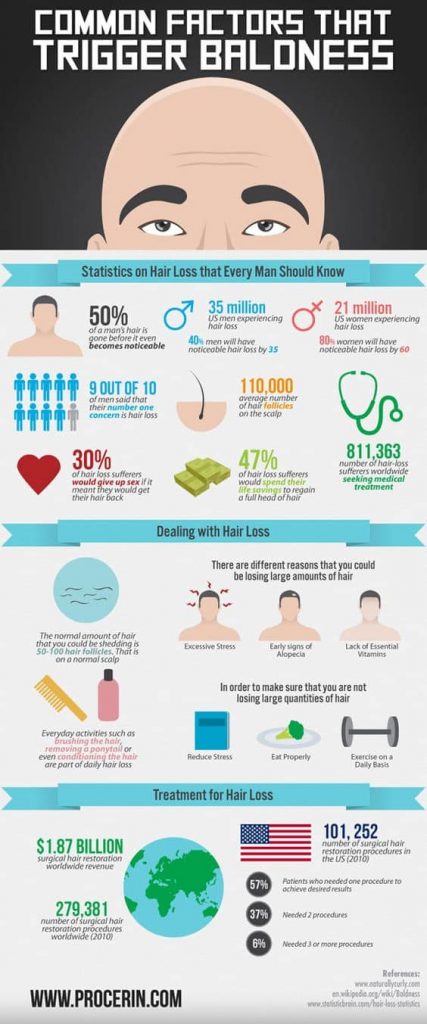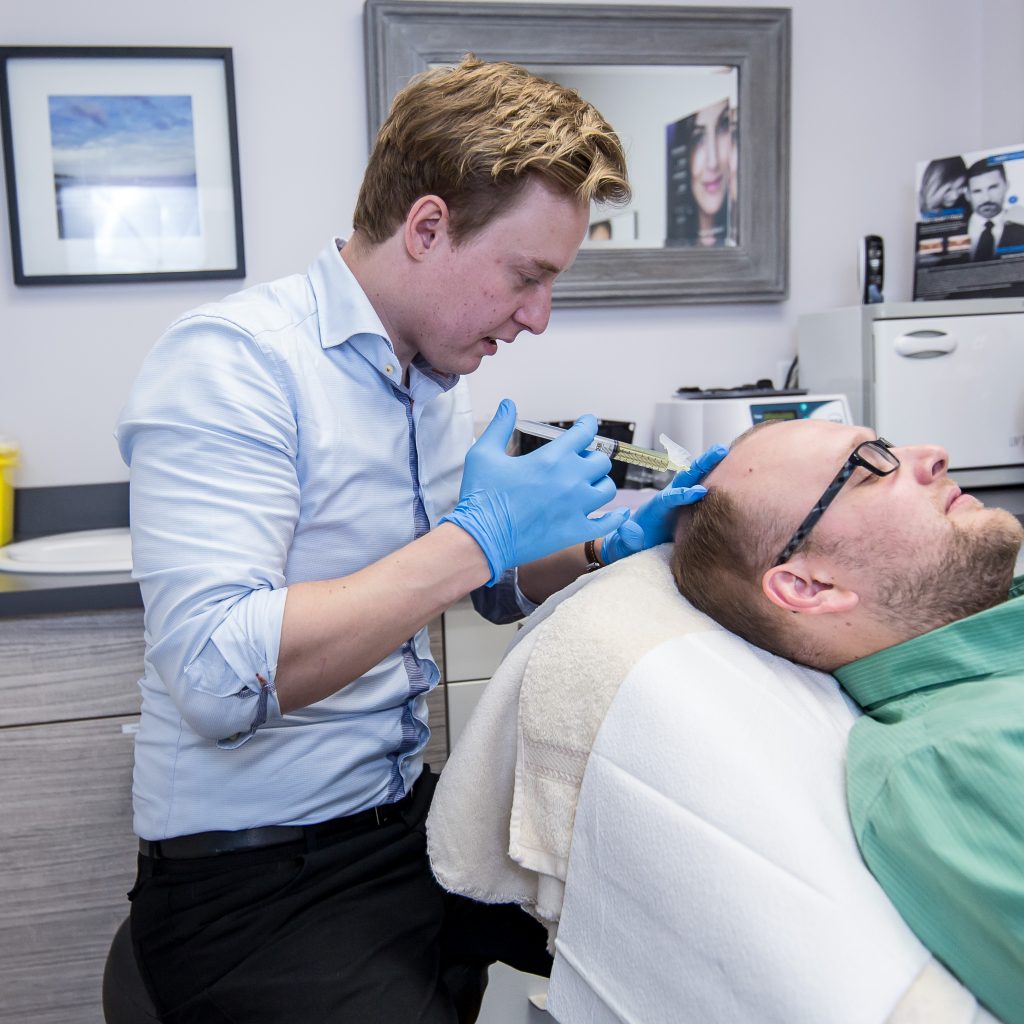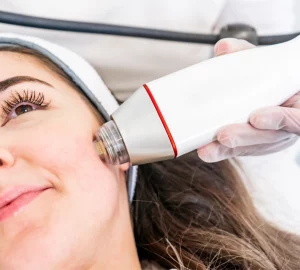We live in a society where appearances often play a significant role in self-confidence, and the issue of male pattern baldness can be a source of concern for many. The good news however, is that advancements in science and medicine have paved the way for various effective approaches to address this common condition. If you’re seeking solutions for male pattern baldness, this article is your guide to four proven methods that can help you regain control over your hair and confidence. From medical treatments to lifestyle adjustments, we’ll explore the diverse range of options available to tackle male pattern baldness head-on and empower you with the knowledge to make informed decisions about your hair health. Say goodbye to insecurities and hello to a renewed sense of confidence as we delve into the strategies that can make a real difference in combating hair loss.
What causes male pattern baldness?
Hair loss can be attributed to both genetics and hormones.
If both of your parents have thinning hair or are blading, chances are you will inherit these traits. It is commonly thought that there is a greater genetic contribution from the maternal side, but this isn’t always the case. There are many genes responsible for hair loss and there is no way to fully determine your scalps future. Learn why men go bald and how to treat hair loss with manual.co
Sex hormones (androgens) also play a substantial role. The most potent sex hormone that impacts hair growth is called Dihydrotestosterone (DHT). DHT is produced from testosterone via an enzyme called 5-alpha-reductase, which is found in high concentrations in the scalp. Individuals who are genetically predisposed to androgenic alopecia have high enzyme concentrations which increases DHT levels around the hair follicle cells. Long term exposure to high levels of DHT leads to scalp hair follicle miniaturization, increased hair shedding, decreased rate of hair growth and decreased hair diameter.

Options to address hair loss
While hair loss can’t be fully prevented, there are steps you can take to slow down male pattern baldness and restore hair growth in balding areas of the scalp.
Here are the top four suggested medical treatments for androgenic alopecia:
- Minoxidil (Rogaine): This is a prescription strength topical that may be helpful to reduce the rate of hair loss, primarily for the receding hairline.
- Oral Finasteride (Propecia): This medication was originally developed to help treat enlarged prostates. It acts as a 5-alpha-reductase inhibitor, preventing the conversion of testosterone to its super potent androgen, DHT. By reducing levels of DHT, there is less hair loss. After three to six months of treatment, there will be new hair growth (particularly on the crown). However, not all patients respond to this medication and it carries a 2% risk of decreased libido or sexual dysfunction. Additionally, when this medication is stopped, you will likely lose the new hair growth within 12 months.
- Platelet rich plasma (PRP): This is a treatment for male pattern baldness where a vial of your blood is taken and then spun at a high speed (in a centrifuge) to separate your blood into two layers: plasma and red blood cells. The plasma layer has a high concentration of platelets which contain numerous growth factors. These growth factors are injected into the scalp to induce new hair growth, improve density, quality and rate of growth of new hairs. This treatment is repeated about once a month for three months and then every three to six months afterwards. PRP has been shown to decrease hair loss and also increase the thickness and density of the hair.
- Hair transplant: This is a surgical procedure and involves harvesting hair follicles from the back of the head and then implanting them in the front and mid scalp.
In the quest to address male pattern baldness, the journey is as diverse as the solutions themselves. Whether opting for medical interventions, embracing lifestyle changes, or exploring alternative therapies, the key lies in finding the approach that aligns with your preferences and expectations. The important takeaway is that options abound, offering hope and empowerment to those navigating the challenges of hair loss. Remember, there’s no one-size-fits-all solution, and individual experiences may vary. By taking proactive steps and making informed choices, you’re not only addressing the physical aspects of male pattern baldness but also reclaiming a sense of control over your self-image. Ultimately, the path to combating hair loss is a personal one, and as you embark on this journey, may it be marked by confidence, resilience, and a renewed sense of self.









